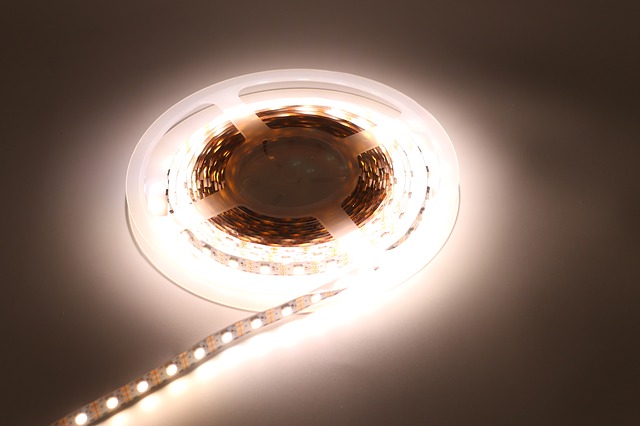The popularity of LED lighting is growing thanks to its advantages
, who have been able to
Electricity conservation
LED lighting is arguably the most economical lighting technology. It can provide high power and high luminous flux with minimal power consumption, saving 60-90% of electricity compared to filament bulbs and discharge lamps.
Extremely long life
This technology is in constant development and has made remarkable progress over the past decade. Currently, the average lifespan of these lights is estimated to be 10-15 years, with approximately 12 hours of daylight. Compared to other light sources, this is many times longer production time. For example, a conventional halogen bulb has a life of only 2000 hours (approximately), while a filament bulb has a life of about one year.
[17
Luminous flux
This parameter has also changed significantly in the last few years: you may still remember the days when LEDs could only be used in incandescent table lamps, but today they are installed as powerful spotlights illuminating the facades of historical buildings. Modern technology boasts an output of 150 lumens/W
even for battery-powered light sources.
Switching frequency
The number of off and on switches does not affect this technology. On the other hand, frequent turning on damages halogen lighting and certain types of bulbs and lamps.
Hazardous chemical content
No hazardous chemical elements or compounds are contained, including mercury in discharge lamps and “energy saver” phosphors. At the end of their useful life, the products can be safely disposed of as normal electrical waste and recycled immediately and effectively.
Ultraviolet and thermal radiation [39]
These products emit neither heat nor dangerous short-wavelength light spectrum. The only thing that emits a small amount of heat is the power supply, and in the case of LED strips and some reflectors and panels, even external ones.
Operating and Operating Temperatures [43]
Operating temperature refers to the ambient environment, which can be tropical hot or severely cold. Diodes are also less susceptible to temperature changes. The operating temperature is defined by the heating of the light source itself, which does not occur in practice. Halogen bulbs, which pose a fire hazard due to overheating (burning) of the bulb, should be replaced by this lighting.